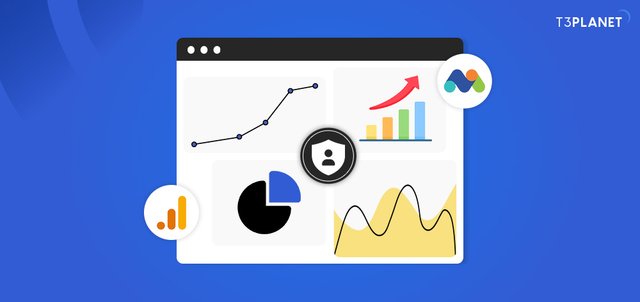Privacy-Centric Analytics & Consent Management for TYPO3 (DACH Compliant)
With TYPO3 Analytics and Consent solutions, your site can respect European privacy laws. Instead of adding Google Analytics, you can still gather essential data while adhering to TTDSG, DSGVO, and protecting your visitors' privacy.
Legal Requirements for Analytics
TTDSG and DSGVO Guidelines
These regulations emphasize transparency and user consent, making compliance a must for any TYPO3 website.
Choosing the Right Consent Management Solution
Best CMPs for TYPO3 Websites
It's crucial to select a CMP that ensures analytics scripts are only activated once users grant consent.
Analytics Tools for Privacy Compliance
Server-Side Tracking for Privacy
Gathers anonymized data without relying on cookies.
Tracks basic information like page views, regions, and devices.
Provides limited insights compared to full user journey tracking.
Ideal for businesses focused on SEO and basic site performance metrics while adhering to privacy laws.
Matomo vs. GA4 (Google Analytics 4)
Advantages: Provides full data control and easier privacy management.
Disadvantages: Requires self-hosting and maintenance.
Advantages: Rich features, powerful integrations with Google services.
Disadvantages: Requires user consent for data collection and stores data on Google servers.
For those prioritizing control over data privacy, Matomo is ideal, while GA4 offers advanced features with the condition of user consent.
Implementing Analytics in TYPO3
Step-by-Step Process
Step 1: Set Up CMP
Step 2: Install Analytics Tools
Step 3: Implement Consent Flow
Step 4: Test and Refine
Common Mistakes to Avoid
Conclusion
Implementing privacy-compliant analytics on TYPO3 websites involves choosing the right CMP, using server-side tracking where possible, and configuring analytics tools like Matomo or GA4 with user consent in mind. This approach ensures compliance with privacy laws while still allowing businesses to track important performance data.
